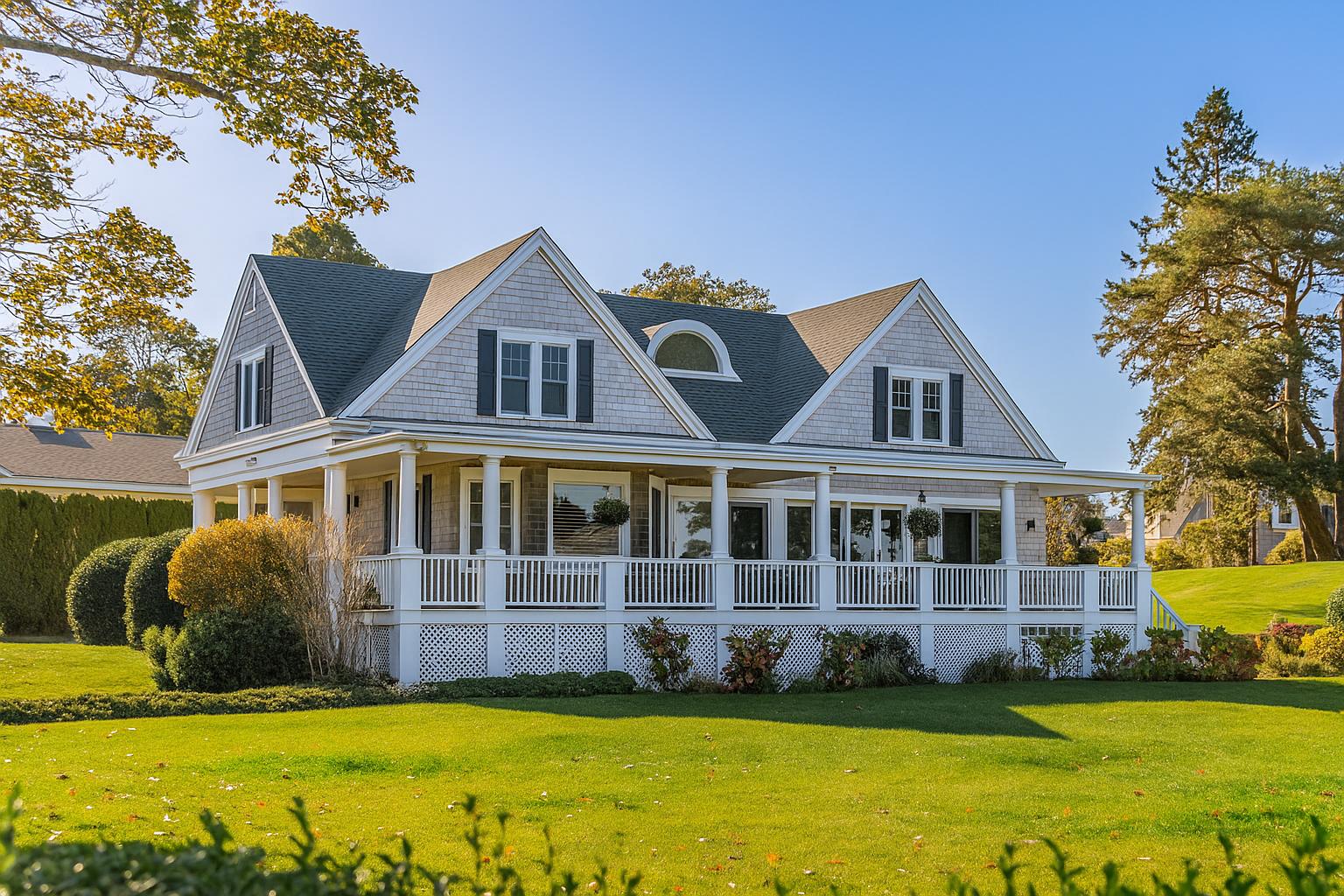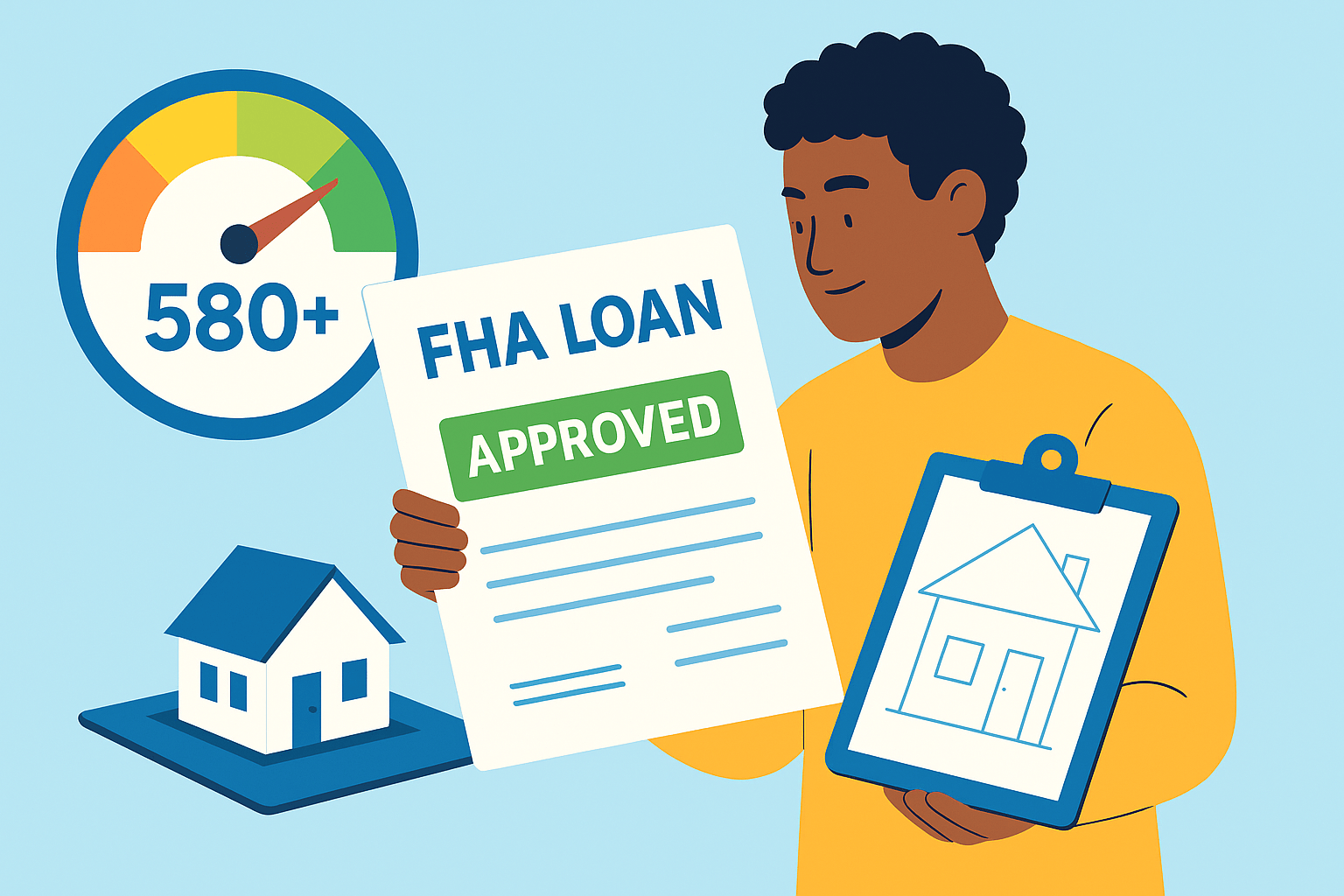Minneapolis Down Payment Assistance Program
Minneapolis Down Payment Assistance Program: Your 2024 Guide to Buying a First Home in Minnesota
Dreaming of holding the keys to a home in the City of Lakes, yet worried that your down payment savings look more like a puddle? The Minneapolis Down Payment Assistance Program (MDPAP) was built precisely for hopeful, first-time owners like you. This local initiative delivers dollars, guidance, and breathing room—so you can step from renter to homeowner without draining every last cent.
Below, we break down how the program works, who qualifies, and why seizing down payment help in Minneapolis today could transform your financial future tomorrow. Dive in for clear steps, fresh data, and a micro-story that proves the process really can turn out happily ever after.
How Does the Minneapolis Down Payment Assistance Program Work?
The city structures MDPAP as a blend of forgivable grants and zero-interest, deferred loans. The exact mix can change slightly each budget cycle, but the 2024 framework—confirmed through city council reports—looks like this:
- Grant Portion: Up to $10,000 never needs repaying if you own and occupy the home for at least 10 years.
- Deferred Loan Portion: Another $20,000 may layer on top. No monthly payments are due; you repay only when you sell, refinance, or move out.
Funds come from a blend of local housing levies and federal HOME allocations, so the pot isn’t limitless. When each yearly allotment empties, the program pauses until new money is appropriated. Acting early in the calendar year can be the difference between “application accepted” and “please wait.”
The Two-Layer Structure in Action
Imagine a $300,000 starter bungalow in North Minneapolis. A 3% down payment equals $9,000. If you snagged the full $10,000 grant, your out-of-pocket down payment disappears. Tack on $5,000 from the deferred loan to cover closing costs, and you’ve reduced your immediate cash need from roughly $15,000 to a few hundred dollars for inspections and appraisal. That’s real leverage.
Who Is Eligible for the Minneapolis Down Payment Assistance Program?
Eligibility focuses on four pillars—residency, income, credit readiness, and property type. Skim the list, then check each box honestly before starting the application.
- First-Time Buyer Status: You haven’t owned a home in three years, or you’re a displaced homemaker/divorced spouse without joint ownership.
- Income Limits: Household income must sit at or below 80% of Area Median Income (AMI). For 2024, that’s $78,250 for a family of four, per Minneapolis Housing data.
- Credit & Debt-to-Income: The city defers to your primary lender, but most participants display 620+ FICO and ≤ 45% DTI after adding the new mortgage.
- Owner-Occupancy Commitment: You’ll live in the property as your primary residence for the life of the grant.
- Homebuyer Education: Completion of an 8-hour HUD-approved course is mandatory.
If you check 4.5 of those 5 boxes, don’t fret—speak with a certified housing counselor. Small credit dings or overtime income nuances often have creative solutions.
How Much Assistance Can I Receive?
Most headlines quote “up to $30,000,” but the average real-world award landed at $18,750 in 2023, according to city disbursement spreadsheets. Allocation depends on:
- Household size vs. AMI tier
- Purchase price cap (currently $372,600 for existing homes; $448,000 for new construction)
- Available budget when your file is stamped “complete”
The takeaway? Submit a tidy, fully documented package. Incomplete files tumble to the back of the queue, where funds may have already dried up.
Step-by-Step Application Timeline
1. Mortgage Pre-Approval (Week 1)
Start with a local lender conversant in Minneapolis DPA products. They’ll underwrite your base loan and draft a statement of need for the city.
2. Homebuyer Education (Week 1-2)
Complete the HUD-approved course—online or in person. Hold onto the certificate; it’s a non-negotiable upload for your city packet.
3. Locate & Lock a Property (Week 3-5)
Work with a REALTOR® who has navigated the program; they’ll flag homes within price caps and proper inspection standards.
4. City Submission (Week 5-6)
Your lender compiles pay stubs, bank statements, purchase agreement, and education certificate, then sends everything via the city’s secure portal. Minneapolis averages a 15-business-day review window.
5. Closing & Funding (Week 7-8)
Once the city approves, funds wire directly to the title company. You bring a drastically lighter cashier’s check—and a bigger smile—to closing.
Real Numbers: Why Every Dollar Matters
Consider 27-year-old Maya, a graphic designer who rented a 650-sq-ft Uptown apartment for $1,425 per month. She set a three-year savings goal for a 5% down payment on a $280,000 condo—roughly $14,000. But rent hikes averaging 6% annually kept nibbling away at her goal.
When a colleague mentioned the Minneapolis Down Payment Assistance Program, Maya pivoted. Twelve weeks later, she closed on a sunny, two-bedroom unit in Northeast with only $2,100 out-of-pocket. Today her mortgage, taxes, HOA, and insurance total $1,490—just $65 more than her old rent. The grant shaved five full years off her savings timeline and locked in a payment that can’t jump with a landlord’s whim. That is the power of targeted municipal assistance.
Pros and Cons of Using the Program
- Pro: Lower Up-Front Cost. Grants up to $10K wipe out the biggest barrier for most first-time buyers.
- Pro: Built-In Homebuyer Education. The HUD course demystifies budgeting, maintenance, and credit management.
- Pro: Patient Terms. Deferred loans carry 0% interest—unheard-of in private markets.
- Con: Funding Windows Close Fast. Minneapolis fully exhausted 2023 funds by mid-August.
- Con: Resale Restrictions. Selling or converting the home to a rental too soon triggers repayment.
- Con: Paperwork Heavy. Expect 20–30 pages beyond your normal mortgage stack.
Insider Tips to Strengthen Your Application
After interviewing three experienced housing counselors, the following nuggets surfaced—rarely published, yet immensely useful:
- Book the Education Class Early. Slack seats vanish quickly. A delayed certificate can torpedo timing.
- Open a Dedicated Savings Account. Even $50 per paycheck shows underwriters you can manage post-closing reserves.
- Request a “Same-Day Verification” Letter from HR. It confirms employment status in lieu of a standard VOE, shaving four days off processing.
- Target Homes Built After 1978. Lead-based paint remediation on older properties can add costly contingencies that jeopardize the deal.
- Stay Below 39% DTI if Possible. City reviewers manually flag files approaching the 45% ceiling for extra scrutiny.
FAQ: Quick Answers for Busy Buyers
- Can I combine MDPAP with state or federal programs?
- Yes. Pairing with Minnesota Housing’s Start Up loan or a Freddie Mac Home Possible mortgage is common, as long as all layers fit within overall debt guidelines.
- Is condominium financing allowed?
- Absolutely, provided the condo is warrantable and meets Minneapolis’s price cap.
- What if I refinance to a lower rate?
- Refinancing that doesn’t pull out cash typically leaves grant forgiveness intact; the deferred loan amount still re-attaches to the new mortgage.
- Do I have to be a Minnesota resident now?
- No, but you must occupy the Minneapolis property as your primary residence within 60 days of closing.
- How long will funds last in 2024?
- The city funded roughly 210 households last year. Officials project similar volume—so apply before summer for your best shot.
Ready to Turn the Key? Let’s Get Started
If you’re committed to planting roots in Minneapolis, the Minneapolis Down Payment Assistance Program could bridge the gap between “someday” and “today.” Our team specializes in guiding first-time buyers through every worksheet, signature, and city portal. Reach out now, and let’s claim your slice of the North Star State—before this year’s funds disappear like ice on Lake Harriet in April.
Check the latest program updates, then contact us for a personalized roadmap. Your future address is waiting.
Explore More Blog Posts
Checkout more similar posts those will help you to choose better property.












 Profile
Profile Password
Password Saved Properties
Saved Properties Sign Out
Sign Out
 +0.01
+0.01
 -0.15
-0.15

